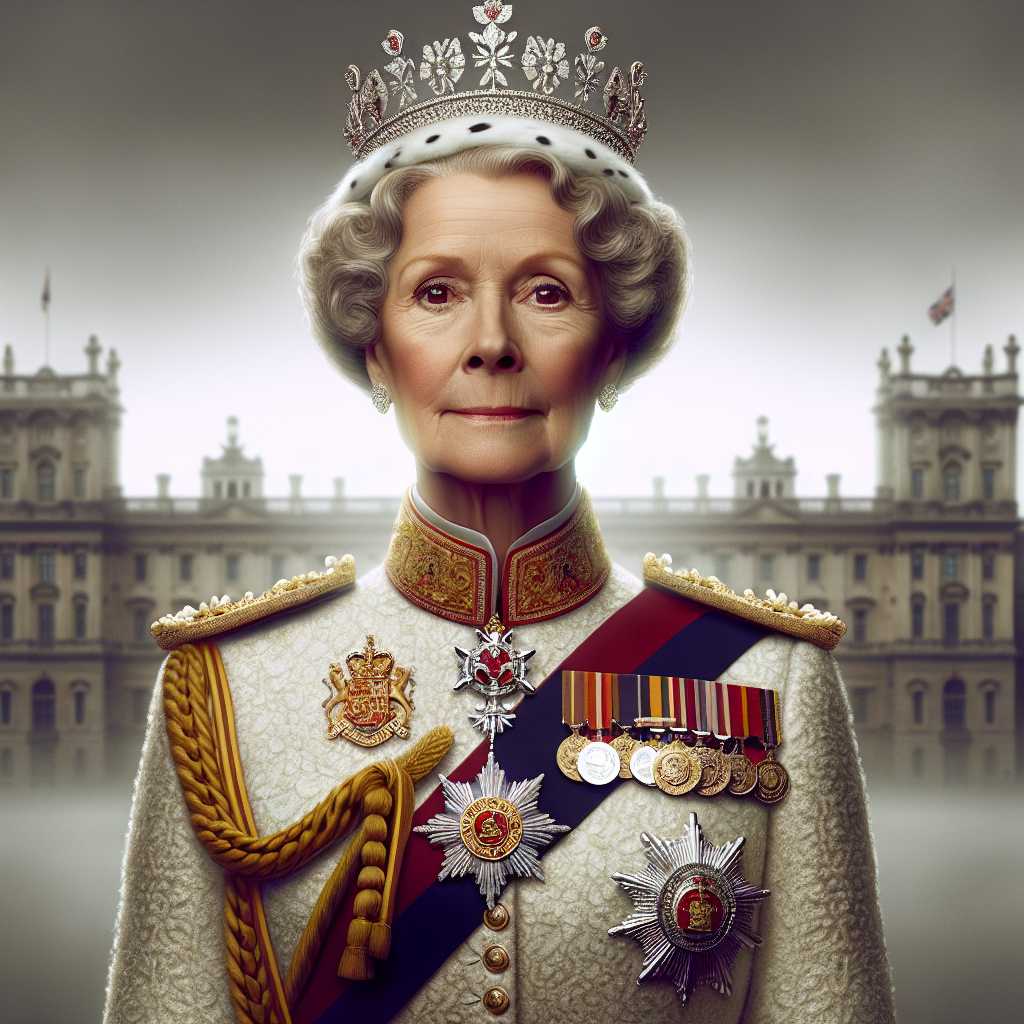The Life and Legacy of Queen Elizabeth II: A Stoic Monarch in a Transforming World
Queen Elizabeth II, born Elizabeth Alexandra Mary Windsor on April 21, 1926, was not only the longest-reigning monarch in British history but also a symbol of continuity and tradition in a world of dramatic change. Her life spanned a period of exponential social, technological, and political evolution. From her unexpected accession to the throne to her steady leadership through numerous global crises, Elizabeth II maintained a discreet personal profile while embodying the dignity of the monarchy. This article explores the life journey of Queen Elizabeth II from her birth to her profound impact on the United Kingdom and the Commonwealth.
Youth and Unexpected Ascendance to the Throne
Elizabeth was the first child of the Duke and Duchess of York, known later as King George VI and Queen Elizabeth (the Queen Mother). Her quiet childhood was dramatically upended when her uncle, King Edward VIII, abdicated the throne for love, redirecting her path toward becoming queen. Elizabeth was just ten years old when this twist of fate occurred, and her father’s coronation as King George VI thrust her to the forefront of royal duty.
In 1947, she married Philip Mountbatten, a prince of Greece and Denmark, who became Duke of Edinburgh. Their marriage lasted for over seven decades until Philip’s death in 2021 and was marked by mutual respect and affection. That same year marked another significant event with India gaining independence from British rule, signalling the transformation of the British Empire into a Commonwealth of independent states.
Long Reign and Modernization of the Monarchy
Elizabeth’s accession to the throne happened suddenly following her father’s death in 1952. The new queen was swift to embrace her role. Throughout her reign, she worked to modernize the monarchy — with key gestures such as opening up Buckingham Palace for public tours and embracing television for her annual Christmas address — adapting it to an age where royalty’s traditional distance was no longer palatable or relevant.
Her reign oversaw significant events ranging from the decolonization of Africa and the Caribbean to the introduction of Britain into what is now the European Union and its subsequent departure (Brexit). Domestically, she managed to navigate transitions through 14 different Prime Ministers starting with Winston Churchill to reforges a contemporary understanding of monarchy’s place in parliamentary democracy.
Public Figure through Turbulent Times
Throughout periods of societal upheaval — including the volatile 1960s, economic downturns in the 1970s, and more recently the digital revolution — Queen Elizabeth remained an emblematic figure drawing on symbols that championed national unity over division. While much about British societal norms changed, Elizabeth II’s unwavering commitment to public service remained constant.
However, even the monarchy wasn’t immune to controversies; during particularly difficult periods like the breakdowns of her children’s marriages or the tragic death of Princess Diana, criticism towards the royal protocol surfaced. Yet it is a measure of Elizabeth’s stoicism and sensitivity that she could respond in a way that defused such crises with enhanced affection for ‘the institution.’
Cultural Impact and International Influence
Queen Elizabeth II’s influence extended far beyond British shores; she represented steadfastness during times when historical colonial relationships were critically reassessed. Her influence canvassed realms such diplomatic relations, touring various nations—especially those in the Commonwealth—and partaking in many international assemblies which cemented Britain’s global resonance.
While at-home she resided in monuments like Windsor Castle or Balmoral Castle during summers; globally her image appeared on currencies throughout Commonwealth territories demonstrating monarchy’s overarching soft power.
Legacy: An Era Ends
For many across Britain and abroad, Queen Elizabeth II was more than a constitutional figurehead; she represented an unbroken line to a past that included both glory and darkness. With her passing ensues debates about monarchy’s relevancy can be observed surfacing—with some questioning its modern utility while others highlight its unifying symbolism that appears otherwise fractious times.
Queen Elizabeth’s long-standing servitude is often credited with carrying out predefined functions with character and grace – a quiet enduring symbol who personified so much tradition adapting prudentially over half a century.
Notes
Image description: A regal portrait of Queen Elizabeth II in ceremonial attire with tiara, sash and medal decorations emblematic of British royalty. Her expression conveys poise and composure reflective of her long tenure as monarch. Beyond her immediate figure lies the faint outline of Buckingham Palace, epitomizing her enduring presence in British national identity.
